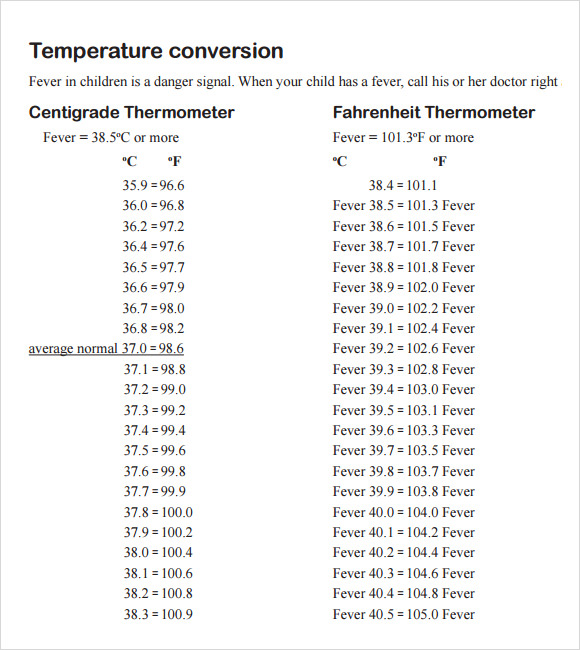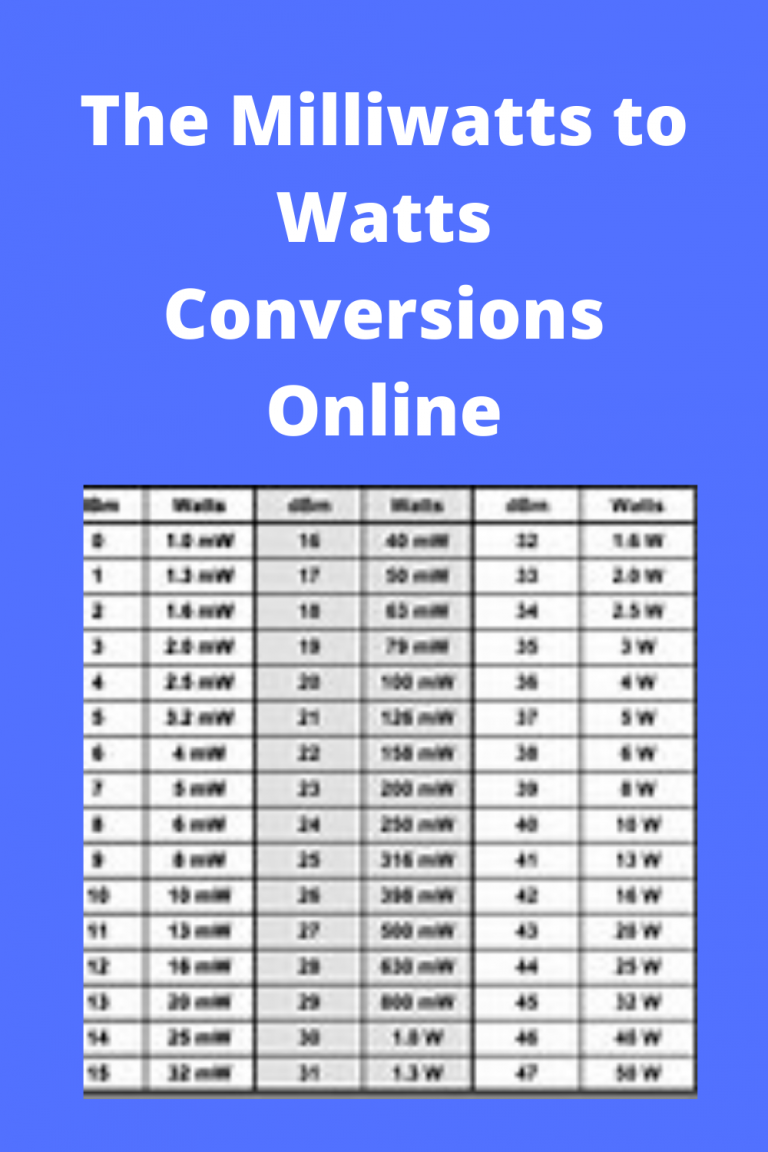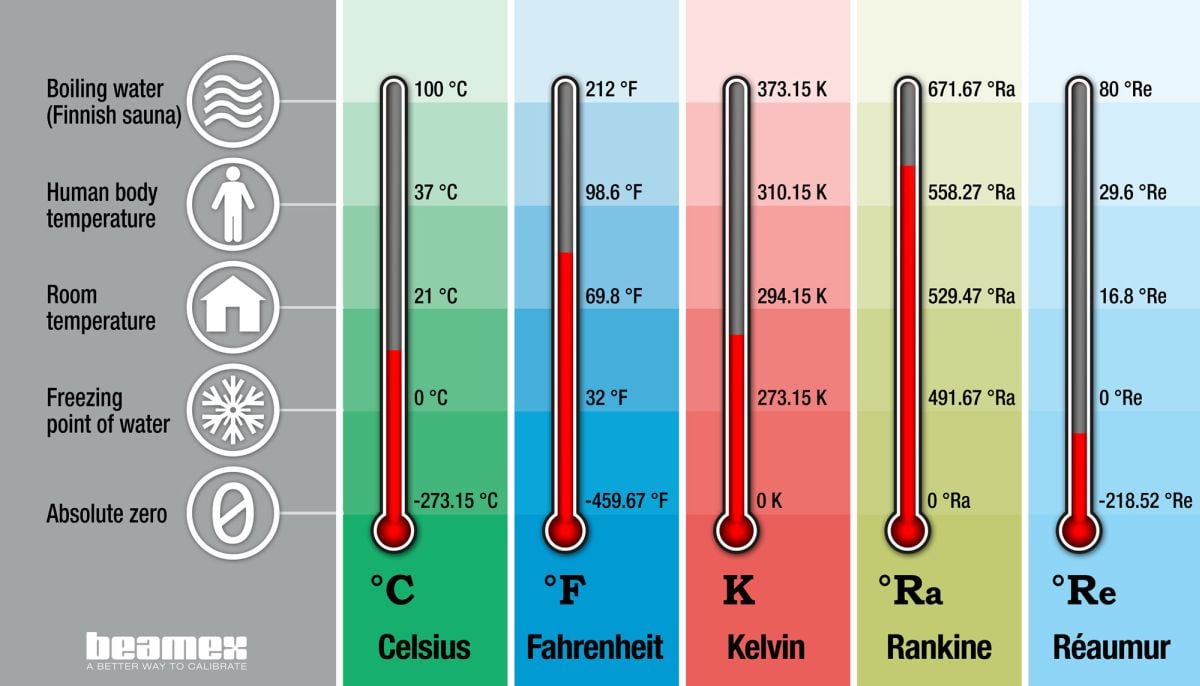

The numbers calculated from these formulas do account for typical losses in most applications and will provide a number that is more than adequate to get your process to temperature in the time required.įor more complicated heating applications, the Tutco engineering team can provide support to help with your calculations and provide solutions for your heating needs.DON'T FORGET ABOUT THESE OTHER GREAT OPTIONS There are a variety of other equations that can be used to provide good estimates of the power requirement to heat substances in varying situations. Watts = 1.35 x Gallons x ΔT (in ☏) / Heat-Up Time (in hrs)Įxample: To heat 5 gallons of oil by 300☏ in 15 mins (0.25 hrs) 1.35 x 5 x 300 / 0.25 = 8,100 Watts To calculate the wattage requirement to heat oil in a tank, use the following equation: Watts = 165 x Gallons Per Minute X ΔT (in ☏)Įxample: To heat water flowing at 2 gallons per minute by 45☏ 165 x 2 x 45 = 14,850 Watts To calculate the wattage requirement to heat flowing water, use the following equation: Watts = 3.1 x Gallons x ΔT (in ☏) / Heat-Up Time (in hrs)Įxample: To heat 20 gallons of water by 100☏ in 30 mins (0.5 hrs) 3.1 x 20 x 100 / 0.5 = 12,400 Watts To calculate the wattage requirement to heat water in a tank, use the following equation: If you are heating a different material than steel, you can replace the 0.05 in the equation above with the following coefficients: This equation is suitable for mild and stainless steel. Using the same example, reaching temperature in 15 minutes (0.25 hrs). Watts = 0.05 x Lbs of Steel x ΔT (in ☏) / Heat-Up Time (in hrs)Įxample: To heat 50 lbs of steel by 250☏ in 1 hour. To calculate the wattage requirement to heat steel, use the following equation: If a process is started at room temperature, say 72☏, and the application process temperature is 500☏, then ΔT is 500☏ - 72☏, or 428☏.īelow are some good guidelines for heating different materials in different situations. It also should be noted that the difference between the starting temperature and the desired final application temperature is commonly referred to as delta T (ΔT). A 60 watt light bulb uses 60 watt-hours of energy in one hour.

Think of power as the rate at which energy is used. A BTU is the amount of energy required to heat 1 pound of water by 1☏ (specifically from 39° to 40☏). In imperial units, power is measured in British Thermal Units per hour (BTU / hr) and energy is measured in BTUs.In metric units, power is measured in watts (W) and energy is measured in watt-hours (W x hr).

Luckily, such precision is usually not required since temperature controllers are commonly employed in most heating applications, meaning that a quick calculation can be used to get you up and running.īefore beginning the calculations, it is important to realize the distinction between energy and power and their relationship to wattage requirements. The losses due to phase changes of materials, either during initial heat-up or while processing (melting a solid to a liquid or boiling a liquid to a gas).Heating of material flowing through the process such as a liquid that will be heated and pumped to be used elsewhere.Heating of material being processed during operation.Heat losses to the environment due to conduction, convection, and radiation.Initial heat for the startup of the system, usually from ambient temperature to the desired processing temperature.Heat requirements that must be considered are: By following a few rules-of-thumb you can determine the wattage requirement for your application.Ĭalculating the wattage requirements to heat a system is a straightforward process as long as all the parameters of heat energy flowing in and out of a system are considered.


 0 kommentar(er)
0 kommentar(er)
